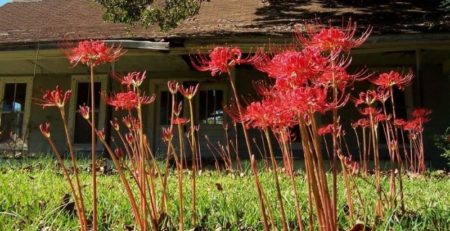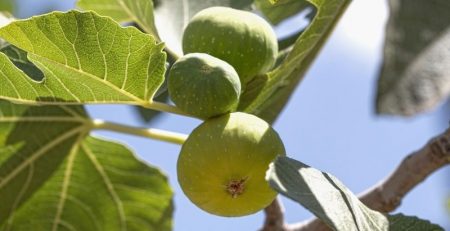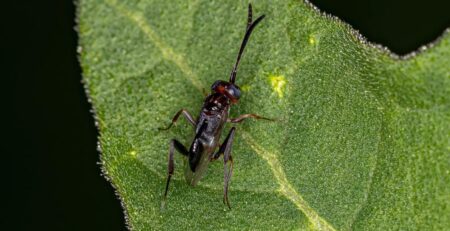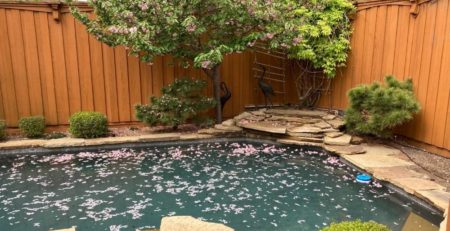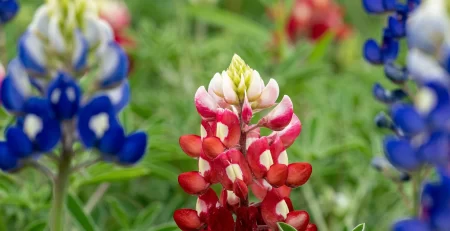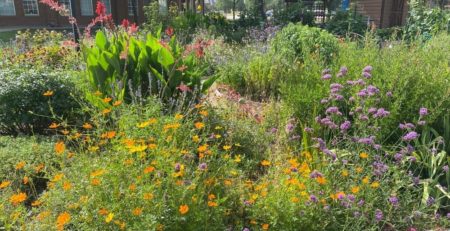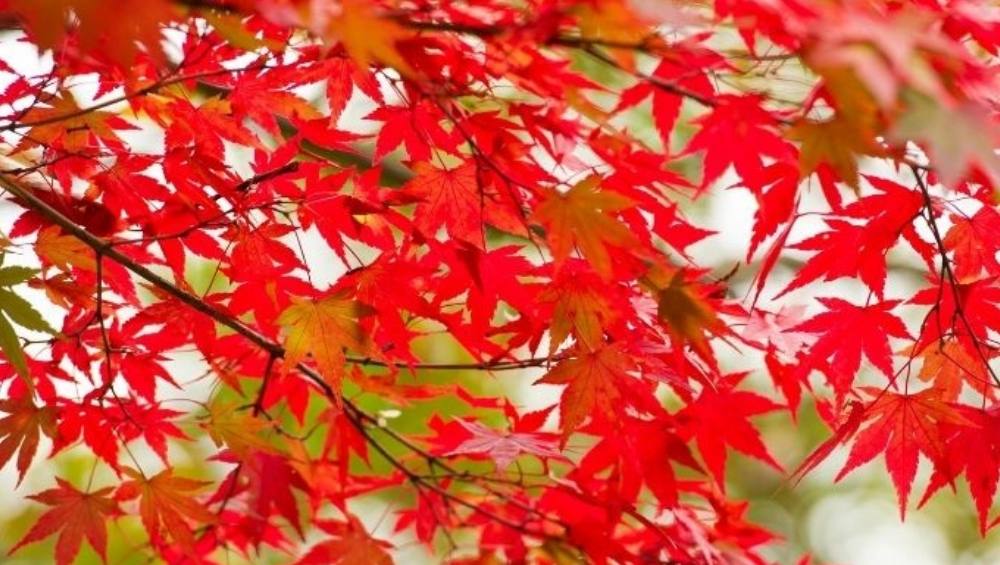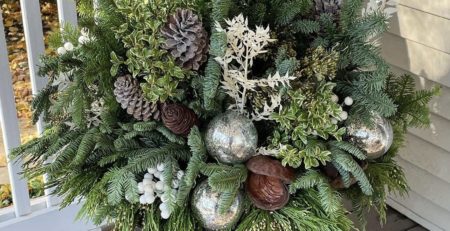Common Invasive and Aggressive Plants in the Dallas-Area Yard
Buyer beware! Some of the most aggressive plants in the Dallas yard, speaking from first-hand experience here, are being sold at our garden centers. I could have a nice little pile of money if I potted even half the Viola odorata, commonly called wood violets, and the purple (Oxalis tiangularis) plants in my yard and sold them for the brazen $6.95-$8.95 prices I have seen in the garden centers. I have never purchased these plants, but they came with the house when I bought it 22 years ago. Just a wild guess here, but I estimate I have roughly a thousand wood violets babies, so I could buy several home appliances with the proceeds. Don’t get me wrong, both the violets and the oxalis plants are eye-catching and attractive. But beware, once the first plant is in your yard, they will multiply faster than you can say, “Scat”. A couple of years ago, I made the mistake of thinking the wood violets would make a nice edging to a little woodland path I was creating so I dug up the strays and planted them just so. Apparently, they communicated with one another, “SHE LIKES US, SHE LIKES US!” and began reproducing as fast as they could in order to make me happy. The following spring, I found them coming up everywhere, even quite far away from where I planted those few as edging.
The cheerful green oxalis, with its perky little pink flowers and clover-like leaves, can seem so adorable, and what could be the harm in planting a few of them around the base of a tree? Unfortunately, they do not like our heat, and the flowers promptly close as soon as the day gets warm. Then, even worse, in the heat of the summer the entire clump looks like something dead or dying, and must be removed if one chooses to keep a tidy garden. No problem, yank them right out! Not to worry though, the cluster will return double-size as soon as the summer winds down to cooler days, and then in case that is not enough, the following spring they will crop up in the middle of your lawn too.
I have often referred to the wood violets and oxalis and several others as “invasive,” but according to www.texasinvasives.org, in order to be labeled “invasive” a plant must be non-native (or alien) to the ecosystem under consideration. It also must cause or be likely to cause economic or environmental harm or harm to human health. I think of kudzu, which can crowd out entire areas of native plants. Even though the wood violets, the purple oxalis, and the pink oxalis have not actually harmed my ecosystem or my physical health, they have certainly given me stress. As far as I know there is one form of removal and that is to get on your knees with several implements, including a small spade and a sharp knife, and carefully dig down to the bulbs or rhizomes and very carefully lift them out of the ground, bag them up and place in the trash and not the compost pile. You will feel great about doing this back-breaking chore, but be careful not to brag because alas, you never, ever get all the bulbs and rhizomes. Another process I have tried is to remove the leaves regularly and frequently in hopes that the plant will die off from lack of photosynthesis. However, with these persistent little creatures, this does not seem to have any effect on the life of the plant.
Cyperus rotundus also called nutgrass or nutsedge, is an invasive plant familiar to most of us. It is a grass-like perennial that spreads fiendishly via rhizomes that are very busily multiplying underground where you cannot see them. Myth or not, it is said that when you pluck one nutsedge, seven will replace it. It is maddening to see dozens of these eight-inch shiny green triangular blades that pop up overnight in your beautifully groomed bed. There are commercial herbicides on the market that are successful in eradicating nutsedge, at least for a season, if applied according to package directions. For those of us who do not like to use herbicides the only solution is to get down there and carefully dig up the entire plant and rhizome. You will discover the rhizome has a thread-like root that travels six to eight inches to the next plant, and then another, ad infinitum.
In addition to nutgrass, Johnson grass is also considered invasive. In fact, it is considered one of the ten most noxious weeds in the world according to texasinvasives.org. If allowed to seed, it forms colonies from the shedding of the seed panicles, and it is also spread by birds. For our yards though, it is fairly easy to control by hand removal at the earliest sign of these long blades in the lawn or perennial bed.
I was surprised to learn that bigleaf periwinkle (Vinca major) is listed as an invasive species, but primarily in riparian areas and around creeks. I have encouraged a couple of patches of the variegated variety in my garden, where it looks beautiful; however, long vines want to creep out of their designated areas, but not too vigorously. Possibly the thing that keeps it from being an issue in the Dallas yard is that in late summer our extreme heat seems to turn it into an ugly mess of brown leaves and bare vines. Removal is not difficult, either by hand or with a shovel, if you begin at the first sign of the vine.
Wild garlic is listed as an invasive species and, although I haven’t seen it in my garden, I do have wild onions, which have charming little white flowers perched atop a six-inch stem. Wild garlic is edible but can be confused with Rain lilies (Zephyranthes stellaris) or Crows Poison (Nothoscordum bivalve) both of which can be poisonous and even fatal. The way to tell the difference is in the smell – the wild onions have a distinct oniony smell and the other two plants do not. For removal see the almost pointless methods shown above for wood violets and oxalis. I snipped a dozen or so of these delightful wild onion flowers and placed them into a darling small vase and took them to the office where a coworker oohed and aahed over them and begged me to bring her some bulbs for a start in her garden. I cautioned her about how aggressive this plant can be, but she insisted, and I have felt guilty for fifteen years since.
I thought when I signed up for this topic that I would address most of the troublesome plants we deal with locally, but alas, I used up my space after only talking about a few of the aggressive/invasive plants in my own yard. There are dozens of other problem plants that we deal with in the Dallas area, i.e., Dichondra, Smilax brier, dandelion, henbit, chickweed and crabgrass to name only a few. Each has its own personality and persistence, and I empathize as you do your best to fight off, or alternatively live complacently with, these plants.


